Even though changes are a breath of fresh air for the designers, one must emphasise that traditions are what mark the past, present and future of the people who encounter a hidden truth. This is why a fashion ethnographer is so needed.
An etnographer
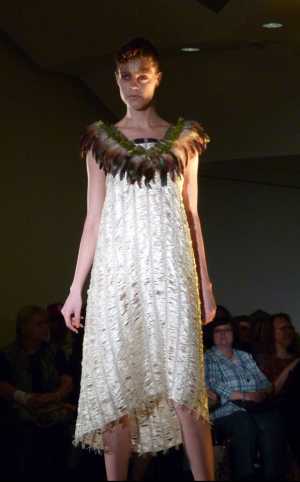
And, in relations to fashion Ricardo Ramos is who is in charge of presenting to the entire world, the tradition of others.
There are those who assure that the spirit makes a city, a corner, a moment.
But in the case of Ramos, the appropriation of the past marks that his whole process of creation is recharged with spirit and is full of life. And, this precisely is what makes him different from the rest of designers.
Ricardo Ramos goes further than the creation of clothing. His work is the absolute immerse in other cultures, in other lives and fantasies.
I am always inspired by what I see daily. I like being at the forefront of fashion and I travel from time to time to create innovative designs.
Each collection implies traveling, research and forming relationships with the people of the place. It is necessary to know and understand the behavior of the culture in the one he is inspired.
Knowing why they dress in a certain way, how the make their clothes, why do they use the type of fabric and the codes they transmit with their wardrobe is a must.
A guttural interest in traditions
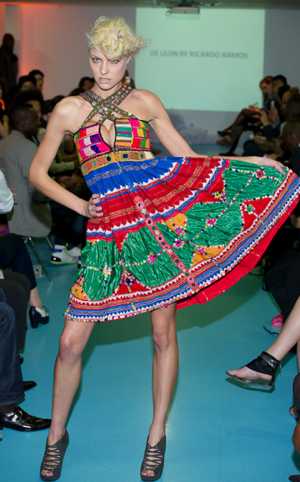
To make a unique work Ramos analyzes the different cultures.
Undoubtedly, cultures that have a lot of roots in the way they dress and continue to do so in the same way after years and years represent the best options.
That is why the relationship with folk and tribalism is the immediate result of a guttural interest in the traditions and cultural, racial, social and religious diversity in which we live.
When I started my career my primordial interest were the urban tribes, how the youth created defined esthetics. With time my creations evolved.
The idea is to leave a cultural conciliation message and claim a handcraft legacy through his collections. Historical, ethnographic and sociological references also influence the work of Ramos

Ricardo Ramos is a fashion ethnographer. And, etnography consists of observing people’s practices and being able to participate in them to confront and highlight what people say and do.This is certainly the most important part of his creation process.
Like any other ethnographer he pretends to reveal the meaning of the interactions that constitute the social reality. The gathered data consists of the dense and meticulous description of customs, beliefs, history and language among others.
For Ricardo, his work is a sample of internal dialogue: the union of tradition and contemporaneity permitting a message of conciliation and cultural integration.
What interests me the most is to work with stigmatized cultures, rescue handcraft work and highlight the value of handmade work.
Lola arrived
Taking this into account, the inspiration can be born in any corner. The situations that surround us, our mental and physical frontiers exist to be superimposed.
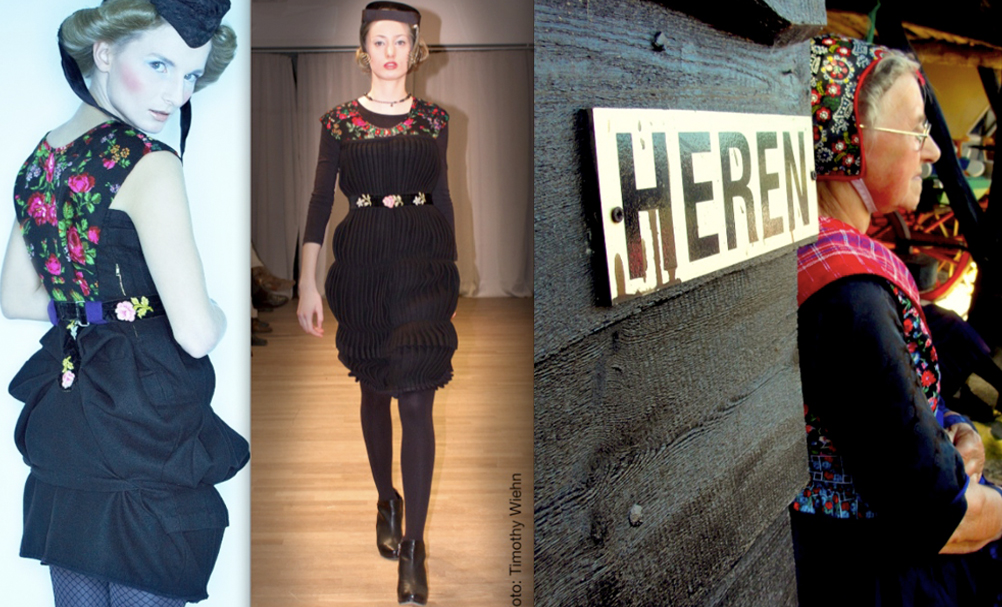
That is why Morocco achieved such an impact. With this collection you could appreciate intricate techniques of macramé, extensive work by hand, traditional embroidery and finished care and the use of Sfifas (gallons).
The traditional clothes used daily in the middle of Europe proved to be one of the best adventures. Without a doubt, the streets of Staphorst, a city municipality in the east of Holland, were the background of one of the most beautiful collections so far.
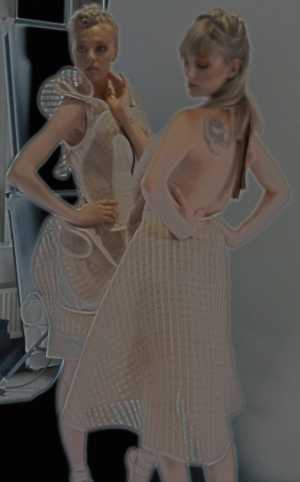
Staphorst is the trench of fundamentalist Calvinism and for that very reason the costumes are totally traditional.
On the other hand, drawing inspiration from the impact of the emancipation of women in Hispanic countries or the aesthetic influence of Berlin in the period between the two world wars have been themes of marked influence and inspiration for the collection “La Lola Moderna”.
And, is that Lola is the name associated with women of strong character, without complexes or social prejudices.
It is where the bellicose woman of the new world contrasts with tradition. It is the spirit of the modern woman, a woman who is active and has a determining role in our society.
He has made history
Ricardo Ramos has made history. He has participated in Berlin Fashion Week, in Barcelona (Pasarela Gaudia, BCN Fashion Week, BAC Contemporary Art Festival of Barcelona), NY Fashion week, Köln (Herren Mode Woche) Brussels Fashion Fair, Bogota (Textilmoda Bogota Fashion and in London).
All these cities represent Mecca’s of the design world. The perfect example is that Berlin has always been considered to be more Avant-garde than other cities. And the collection, Santas, that was presented during Berlin Fashion Week 2012 exceeded all types of expectative.
Ramos is in constant evolution. In some way this is what makes him unpredictable. At the moment that he is realizing some collections capsule type with unique pieces directed to some of his clients.
It is developing the project thinking of the people that are going to wear it. So, in a way, he is not thinking about the “public”, he is thinking about the individual.
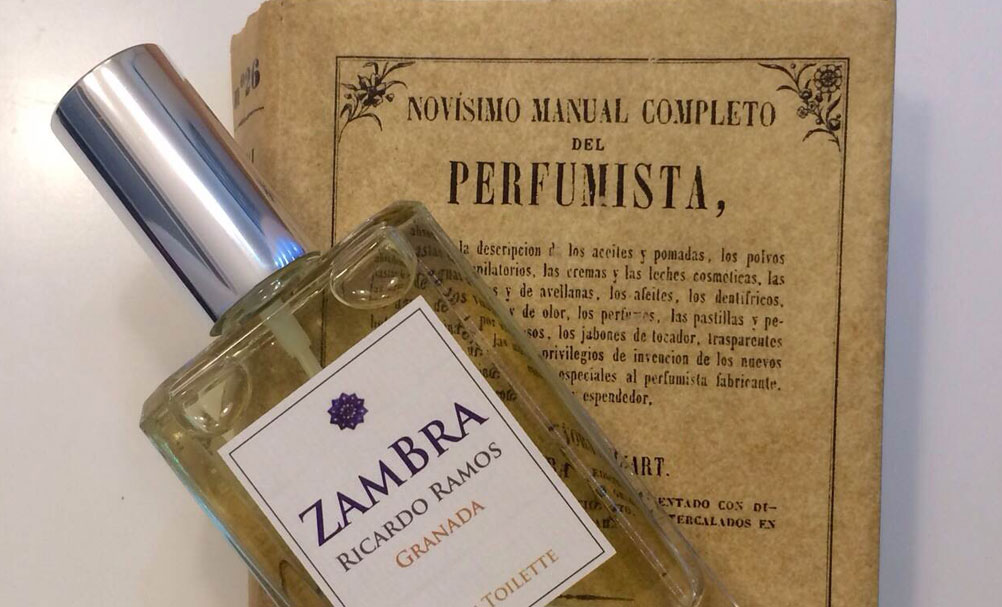
On the other hand, although not that distance from fashion. Ricardo Ramos has incursed in perfumery.
But this didn’t happen overnight, in reality he has been collaborating with different laboratories for more than 15 years. The past 3 years he has been collaborating with Gūlçiçek in Instanbul.
The line of perfumes makes use of classic andalusian olfactory notes in order to recreate an olfactory universe.
In it the fusion of the East and Mediterranean brings us a bit closer to the cultural legacy of Al Andalus.
As expected, the creations have been dedicated to characters, places or traditions directly related to Al Andalus.
People want things that are exclusive.
For that he realized an exhaustive study of the Colombian aboriginal cultures and mixed it up with the period of the colonization. During London Fashion Week he showed his collection Jaibana. For that his focus was in the ancestral corporal paint of the communities Emberá of Colombia.
Ramos also participated in the Catalan Fashion Week of 2014, where he reunited with the selection of designers and the most representatives firms of Barcelona and Catalonia. He did it with a silk dress from a Japanese inspiration.
Ricardo, Colombian talent, he never wanted to be one in the masses. IThe world is a perfect scenery for his creation, there are no limits in his mind and much less in his concept of art and fashion.
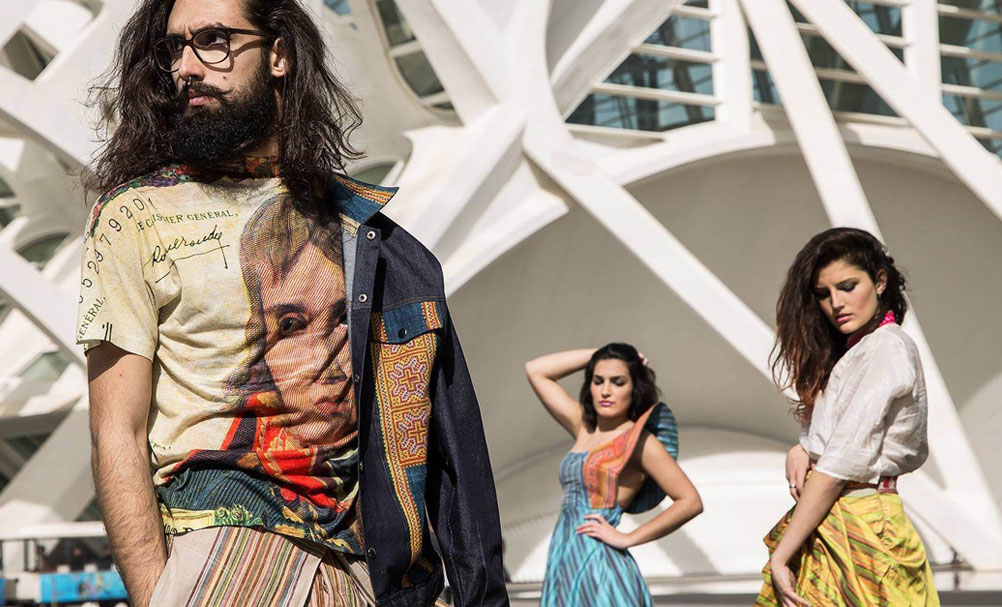
Between worlds
He lives in between words, reflections, analysis about the past, austerity, fabrics, textures, libraries, culture observations that allow him to claim the past with our present and future. Adapting to new and unexpected circumstances is one things that fulfils him the most.
Living in the moment, allows him an absolute flexibility at the time of experimenting and facing the world with uncomfortable truths.
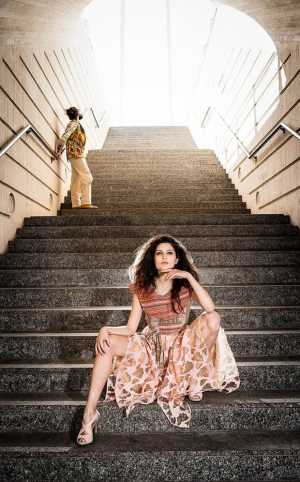
Breaking all type of pre-established barriers is a life style that is reflected in his daily life: designer, artist and ethnographer.
Ricardo was born in the capital of the department of Huila (Colombia) where the most important archaeological enclave of Colombia is located: San Agustín.
Not having respect for the traditions and our cultural past is a banalization to the most precious thing that we have. In addition it makes fun the academic institutions that generously can endorse a project if it is not possible to develop a tangible and truthful aesthetic in That the result of the investigation and the academic rigor be felt.


